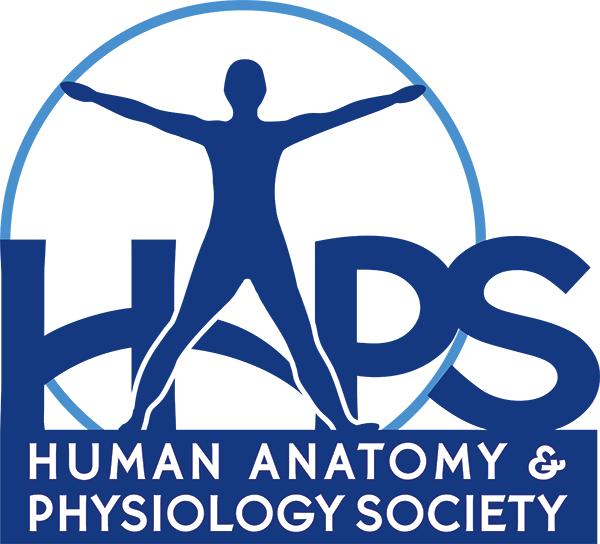Anatomy and physiology education at Experimental Biology 2013
I am writing this latest blog while on a plane, returning home to Indiana. Like many other HAPS members, I also am a member in several of our sister societies. This past week, many HAPS members put on their American…
